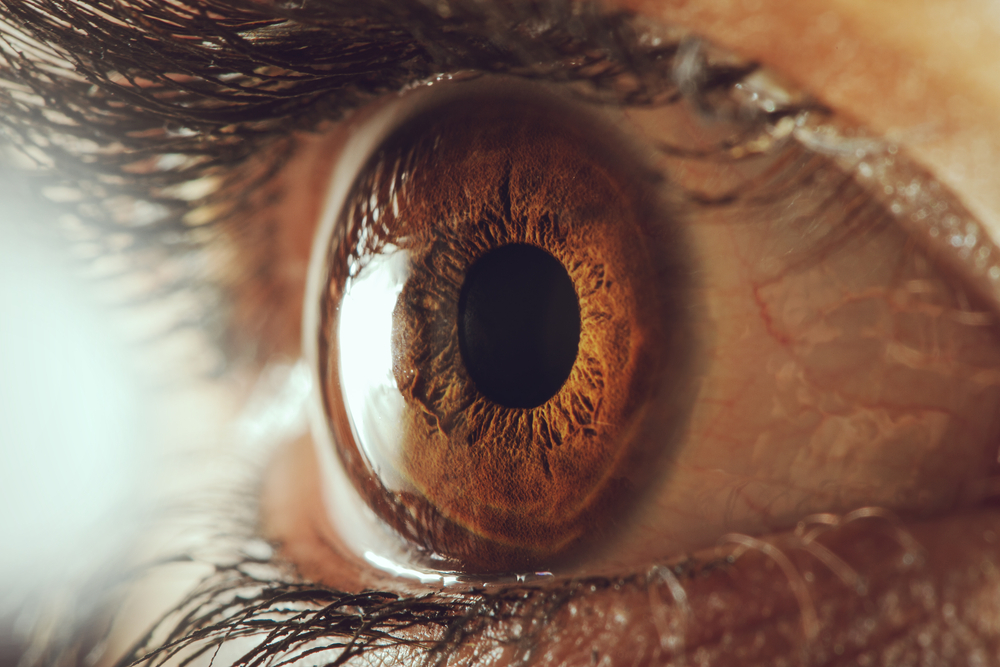Treatment Toxicity, Age Linked to Eye Complications in SLE, Study Finds
Written by |

While people with systemic lupus erythematous lupus (SLE) are experiencing fewer eye complications directly linked to the disease, treatment-induced eye toxicity and age-related eye complications are becoming more frequent, a single-center study shows.
The study, “Ocular involvement in systemic lupus erythematosus patients: a paradigm shift based on the experience of a tertiary referral center,” was published in the journal Lupus
About one-third of SLE patients develop eye problems, the most frequent of which are keratoconjunctivitis sicca (dry eyes) and retinal damage (retinopathy).
Hydroxychloroquine (HCQ) therapy (sold as Plaquenil, among other names) has helped control the disease, so a decline in SLE-related eye complications would be expected. “Over the last few years, we have been entering a new era in the treatment of SLE,” the researchers said.
Researchers in the ophthalmology department at Centro Hospitalar e Universitario de Lisboa Central in Portugal assessed the rate of eye problems in a group of SLE patients and compared it to existing literature.
They evaluated 161 patients — 145 women (90.1%) and 16 men (9.9%) with a mean age of 47.6 and mean disease duration of 11.5 years.
Eye exams revealed that 66 patients (41%) had at least one sign of eye disease. When researchers considered only manifestations directly related to diseases — such as dry eye syndrome, cataracts, glaucoma, lupus retinopathy, and uveitis (a form of eye inflammation) — or to HCQ toxicity, the number of patients with eye complications dropped to 50 (31.1%), “a proportion that is in line with previous studies,” they said.
The most frequent eye issues were dry eye syndrome (12.4%), cataract or previous cataract surgery (11.2%), and HCQ-related retinopathy (also 11.2%).
Most patients (80.7%) were being treated with HCQ at the time of the study. Twenty seven had discontinued the treatment, and four had never received HCQ.
Eighteen patients (11.2%) had signs of macular toxicity relate to HCQ. The macula is at the center of the retina, and is responsible for detailed central and color vision. Treatment toxicity can damage rods and cones, two cell types in the macula.
Only a patient with Bull’s eye maculopathy, a form of macular toxicity, complained of reduced visual acuity.
Those with macular toxicity were significantly older (mean age 54.9 years) than patients without the complication (46.7 years). Cumulative dose of HCQ and treatment duration were both higher among patients with macular toxicity compared with those unaffected (14.7 years compared with 6.9 years).
HCQ treatment was discontinued in all patients with macular toxicity. In general, withdrawal of HCQ did not give rise to enhanced disease activity. Yet in two cases, the dose of azathioprine — an immunosuppressant commonly used in autoimmune diseases — was increased to lower disease activity.
Overall, “there has been a paradigm shift in ocular involvement in SLE patients,” the researchers wrote.
“We observed a significant reduction in ophthalmic complications directly related to systemic disease activity, particularly lupus retinopathy,” they said. “On the other hand, there has been an increase in drug- and age-related ocular complications, such as HCQ maculopathy, cataracts and glaucoma.”
“These results highlight the importance of regular ophthalmic screening, even in asymptomatic and systemically controlled SLE patients,” the researchers said.




